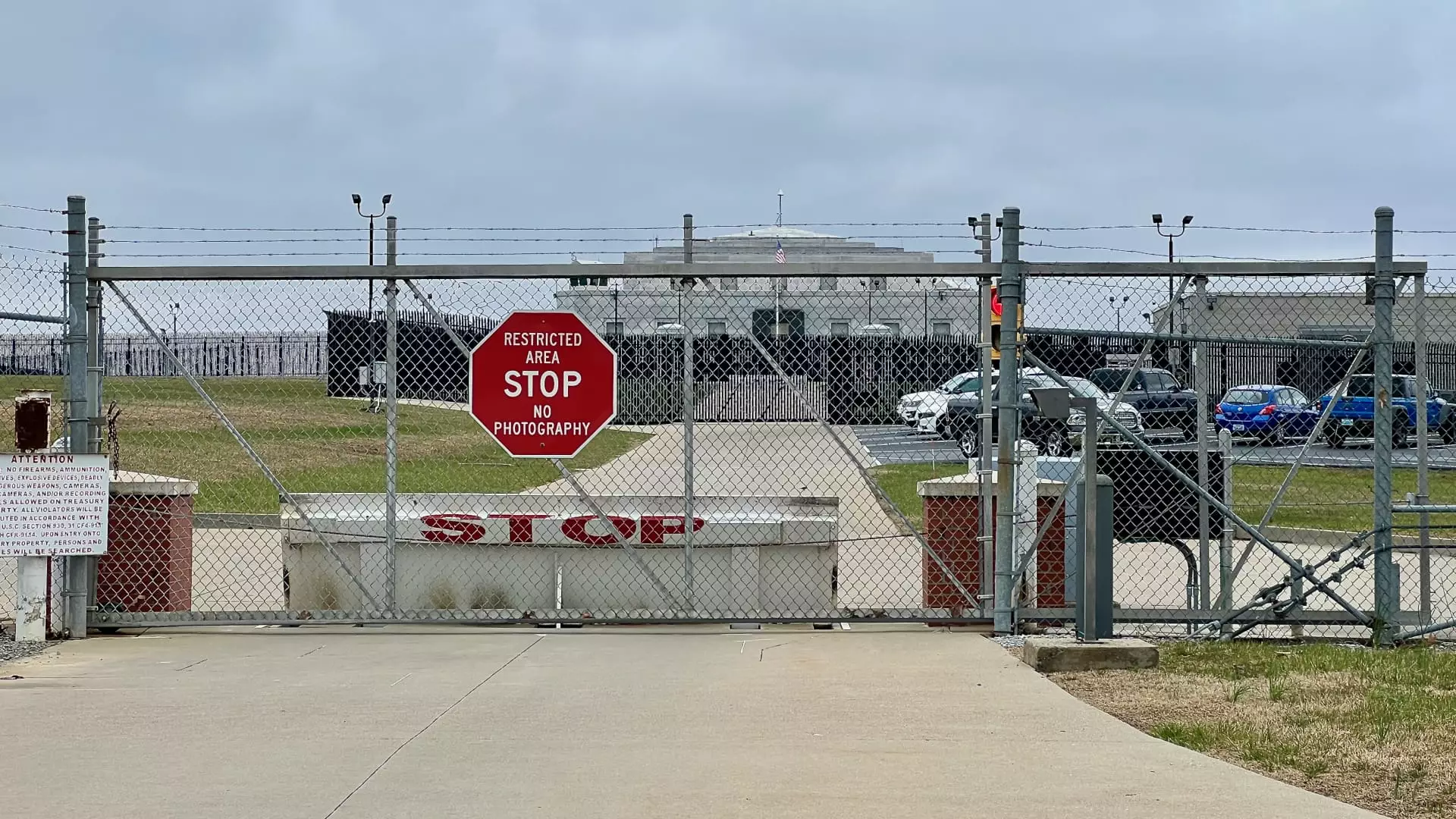In a move that has sparked considerable debate, President Donald Trump announced that his administration intends to conduct an audit of the U.S. gold reserves stored at the storied Fort Knox in Kentucky. Speaking during a flight on Air Force One, Trump stated, “We’re going to go to Fort Knox, the fabled Fort Knox, to make sure the gold is there.” This declaration not only reflects a desire for transparency but also taps into a broader conversation about the credibility of U.S. gold holdings.
This renewed focus on Fort Knox follows discussions initiated by influential figures like Elon Musk, who raised questions about the veracity of the government’s reporting concerning the gold’s existence. Conspiracy theories regarding the authenticity of these reserves have persisted for decades, primarily fueled by the isolation of Fort Knox and stringent security measures. The official figures, quoted by the Treasury Department, claim a staggering 147,341,858.382 troy ounces are securely held within its confines, but skeptics remain.
Industry leaders are weighing in on the potential benefits of such an audit. Alamos Gold CEO John McCluskey expressed support on CNBC’s “Squawk Box,” asserting that an audit would serve the public interest. “I think if this administration presses for an audit, that’ll be a good thing for everybody,” McCluskey commented, implying that clarity in asset management only boosts trust in federal governance. Indeed, thorough evaluations can dispel uncertainty and bolster public confidence.
Experts from the Treasury have affirmatively stated that the gold reserves at Fort Knox are both current and accounted for. Treasury Secretary Scott Bessent reassured the public during a broadcast that annual audits are a routine part of asset management, emphasizing, “All the gold is present and accounted for.” Former Treasury Secretary Steven Mnuchin reinforced this sentiment, highlighting that he personally verified the gold’s existence during his tenure.
As discussions of audits gain momentum, investor speculation has risen, particularly concerning the revaluation of gold reserves. Bessent’s earlier remarks about “monetizing the asset side of the U.S. balance sheet for the American people” have raised eyebrows, suggesting that the current method of pricing gold at $42 per ounce—fixed by legislation since 1973—may warrant revision. The stark contrast with current market values, where spot gold recently soared to record highs above $2,900 per ounce, adds a layer of urgency to the discussion.
An audit could potentially reshape how gold is valued on a national balance sheet, shifting paradigms and providing a new economic framework. As the conversations unfold, these dynamics could lead to broader implications not just for gold, but for the entire financial landscape.
As President Trump’s administration pushes forward with its commitment to audit U.S. gold reserves, the action represents much more than a simple check of assets. It embodies a pivotal moment that could redefine public trust and economic valuation in an environment rife with uncertainty. The unfolding narrative at Fort Knox is sure to captivate not only policymakers and investors but also the general populace keen on understanding the true state of the nation’s wealth.

